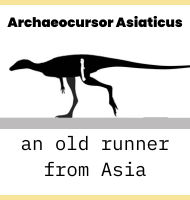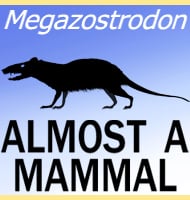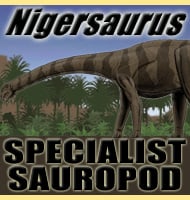
Intro
Archaeocursor asiaticus, a small-bodied (~1 meter in body length) ornithischian dinosaur based on a nearly complete left femur found in the Ziliujing Formation of Chongqing, China.
Archaeocursor asiaticus is the earliest ornithischian yet discovered in Asia.
This Discovery is important as it shows the earliest-diverging ornithischian dinosaur in Asia.
Size and Body Structure of Archaeocursor Asiaticus
Unlike other early dinosaurs that have a flat groove across their leg bone, Archaeocursor asiaticus has a curved ridge on the top part of its leg bone. This ridge splits it into front and back parts.
it is similar in size to the three ornithischian specimens from the Lufeng Formation, but markedly smaller than Yuxisaurus kopchicki.
Osteohistological analysis suggests that the Archaeocursor asiaticus specimen was a young adult at the time of death, indicated by tightly packed LAGs near the outer bone surface.
scientists found lines in the bone that look like growth rings, which suggest it had almost reached its full size.
The study shows that Archaeocursor asiaticus is closely related to Eocursor parvus because both dinosaurs have a similar feature: the front parts of their leg bones are close together, but not fully connected.
Location
The discovery of Archaeocursor asiaticus shows that small-bodied plant-eating dinosaurs lived in East Asia as early as the Pliensbachian or even the late Sinemurian stages. This suggests they spread to that region earlier than we thought.
ornithischian dinosaurs likely spread into East Asia on their own during the Early Jurassic.
This is based on the close relationship between Archaeocursor asiaticus and Eocursor parvus, which hints that they may have come from Gondwana.
The Name Archaeocursor asiaticus is Derived from Latin
- archaeo meaning archaic
- cursor meaning runner
- asiaticus meaning Asian
Environment and Geological Setting
Archaeocursor asiaticus was found in the Dongyuemiao Member of the Ziliujing Formation, near Chongqing in southwestern China.
The rocks in this area are greyish-black and have layers of calcareous marlstones. These rocks are thought to be from the Pliensbachian period, with some possibly dating back to the late Sinemurian.
The site also had fossils of other animals like plesiosaurs, fish, ostracods, and plants, showing that the area had a variety of life.
Classification
The evolutionary position was determined using a special analysis of data from an earlier study.
Archaeocursor asiaticus was scored on 11 of 382 features.
The results, though not very strong, show that it is the earliest-diverging plant-eating dinosaur in Asia, forming a group with Eocursor parvus (from Gondwana). This group is outside the Genasauria group, which includes armoured dinosaurs like Thyreophora and other plant-eating dinosaurs like Neornithischia.
- Archosauria (includes dinosaurs, crocodiles, and their extinct relatives)
- Dinosauria
- Ornithischia
- Archaeocursor asiaticus
- Ornithischia
- Dinosauria
Further Reading
- Yao, X., Zhao, Q., Ren, T., Wei, G., & Xu, X. (2024). New evidence for the earliest ornithischian dinosaurs from Asia. iScience, 27(12), 111641. https://www.cell.com/iscience/fulltext/S2589-0042(24)02868-2









